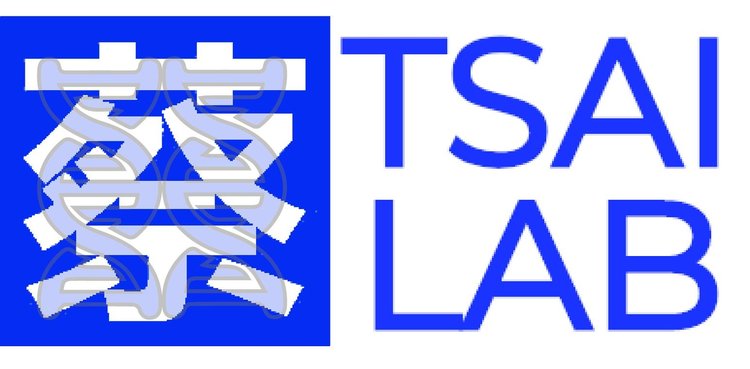Broadly, our laboratory seeks to utilize next generation sequencing technologies and analysis to better understand the genetic, epigenetic, and tissue/cell type bases of metabolic disease. In particular, we study the biological and neural circuits and gene regulatory networks underlying obesity and type 2 Diabetes in human and rodent models.
Lab members pursue highly collaborative, multi-disciplinary projects that aim to determine how complex molecular circuits and/or cell networks function and respond to genetic and environmental changes and disease state.
We currently have openings for curious, talented, and motivated students and postdocs with a background in molecular/cellular biology and/or neuroscience.
Research areas in the Tsai lab include:
I. Reconstructing the functional gene regulatory circuitry of adipocytes
II. Molecular taxonomy of hypothalamic neurons
III. Role of median eminence cell types in barrier function and energy balance
IV. Atlas of cell types in human and mouse adipose tissue
Reconstructing the regulatory circuitry of the adipocyte
Histone modification ChIP-seq provides comprehensive and unbiased assessment of enhancer function.
Pictured above: Chromatin state profiling shows T2DM GWAS signal at a differentially-regulated adipocyte-specific enhancer at the IRS1 locus
sc-RNAseq: defining neural cell types in energy homeostasis
Single cell profiling identifies new neural subtypes and suggests those that may be involved in energy homeostasis.
Pictured above: iterative subclustering analysis of >13,000 single-cell profiles from neurons in and around the mouse arcuate hypothalamus
Role of median eminence cell types in energy balance
sc-RNAseq suggest key roles for median eminence cell types, including endothelial, tanycyte, and pars tuberalis cells.
Pictured above: Arc-ME, showing tanycytes stained in orange (Vimentin) and magenta (SPRR1A) with endocrine cells of the pars tuberalis in green.
Atlas of cell types in human and mouse adipose tissue
Single cell transcriptional profiling of mouse and human adipose tissue identifies known and novel cell types
Pictured above: Clustering analysis of ~27,000 single cells profiled from the subcutaneous stromal vascular fraction of 10 individual human subjects
